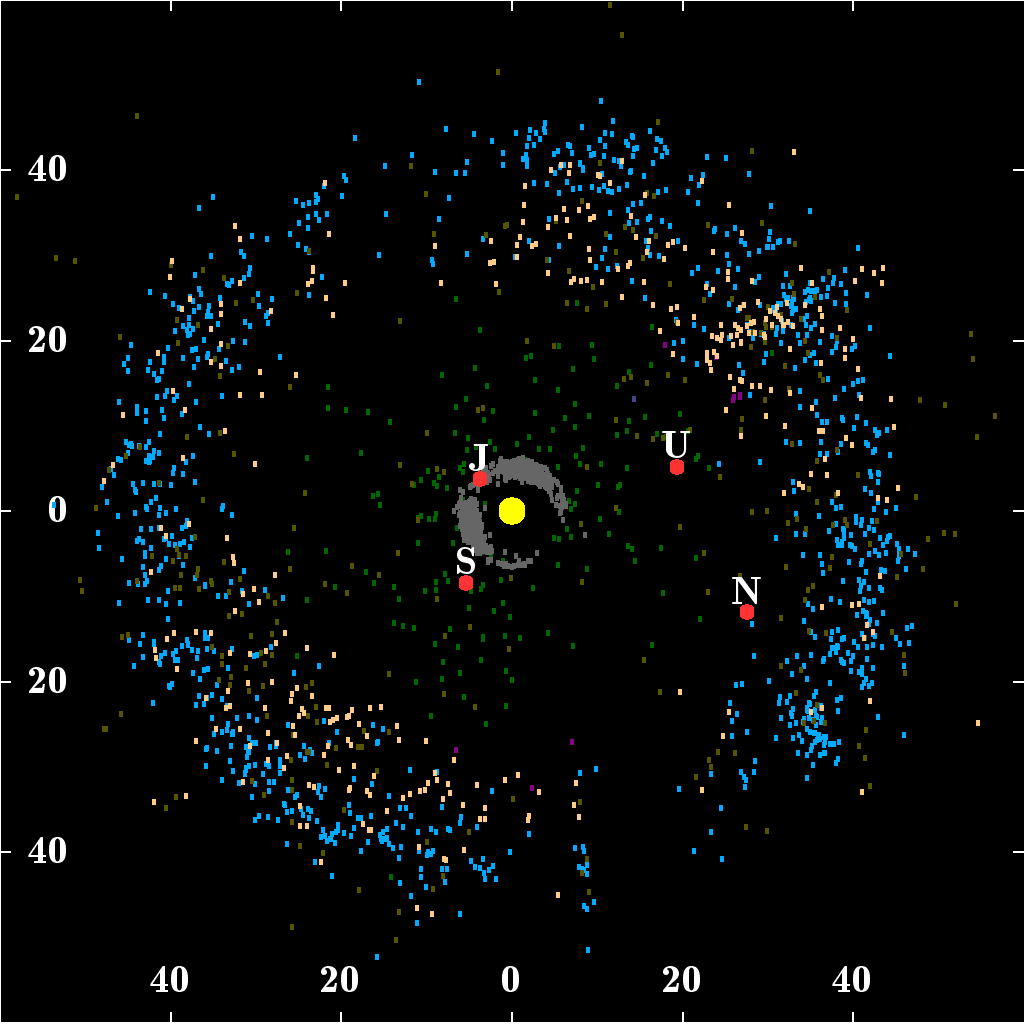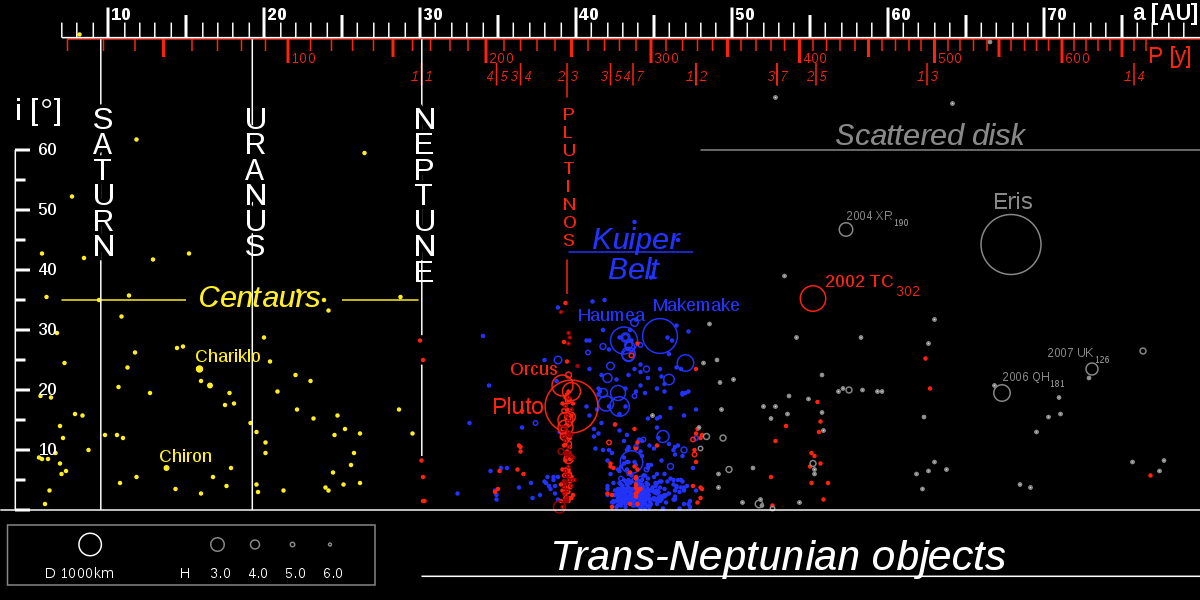Centaurs –The Half Asteroid, Half Comet Creatures
The Frozen Asteroids Wandering Amongst The Gas Giants!
Centaurs are classified as being minor planets (basically frozen asteroids) that orbit amongst the outer planets between Jupiter and Neptune. Their orbits are typically unstable since they cross the orbits of the Gas Giants and exhibit attributes of both gaseous comets and rocky asteroids, hence they’ve been given the name of the half horse, half human mythological Greek creature! How appropriate!
Learn Interesting Facts About The Centaurs!
On account of their distant and faint appearance, the group of asteroid-like objects known as centaurs weren’t even acknowledged as a separate group until 1977 when more were identified. To date, the largest confirmed centaur is called 10199 Chariklo, with an estimated diameter of 260 km (half the size of the Asteroid belt's protoplanet Vesta), and amazingly is even known to have a system of rings! This makes it the first known minor planet to have rings! Wow, it would be so cool to see images of that, but considering no space probe has visited one of the 44,000 centaurs (with a diameter over 1 km) in the solar system we’ll just have to wait! However, scientists suspect that Saturn's moon Phoebe that was imaged by the NASA/JPL Cassini probe in 2004, maybe a captured centaur.
Comet-like Orbits
Centaurs orbit in dangerous territory among the massive gas giants, especially considering they are not sheltered by orbital resonances! This means their orbits are unstable indicating that being a centaur is probably an intermediate orbital state as perturbed objects transition from the Kuiper belt (or scattered disc) and are either ejected from the solar system, impact with a planet (or the Sun) or end up as a short-period comet.
The centaur Chiron was observed near its perihelion and found to display a coma (a cloud of gas and dust evaporating from its surface). As of 2008, at least two more have also been shown to have a coma resulting in them being officially classified as both a comet and an asteroid. Despite possessing a coma (which is required to be defined as a comet), these centaurs are much larger than a typical comet so there is some uncertainty whether they should be classed as true comets.






